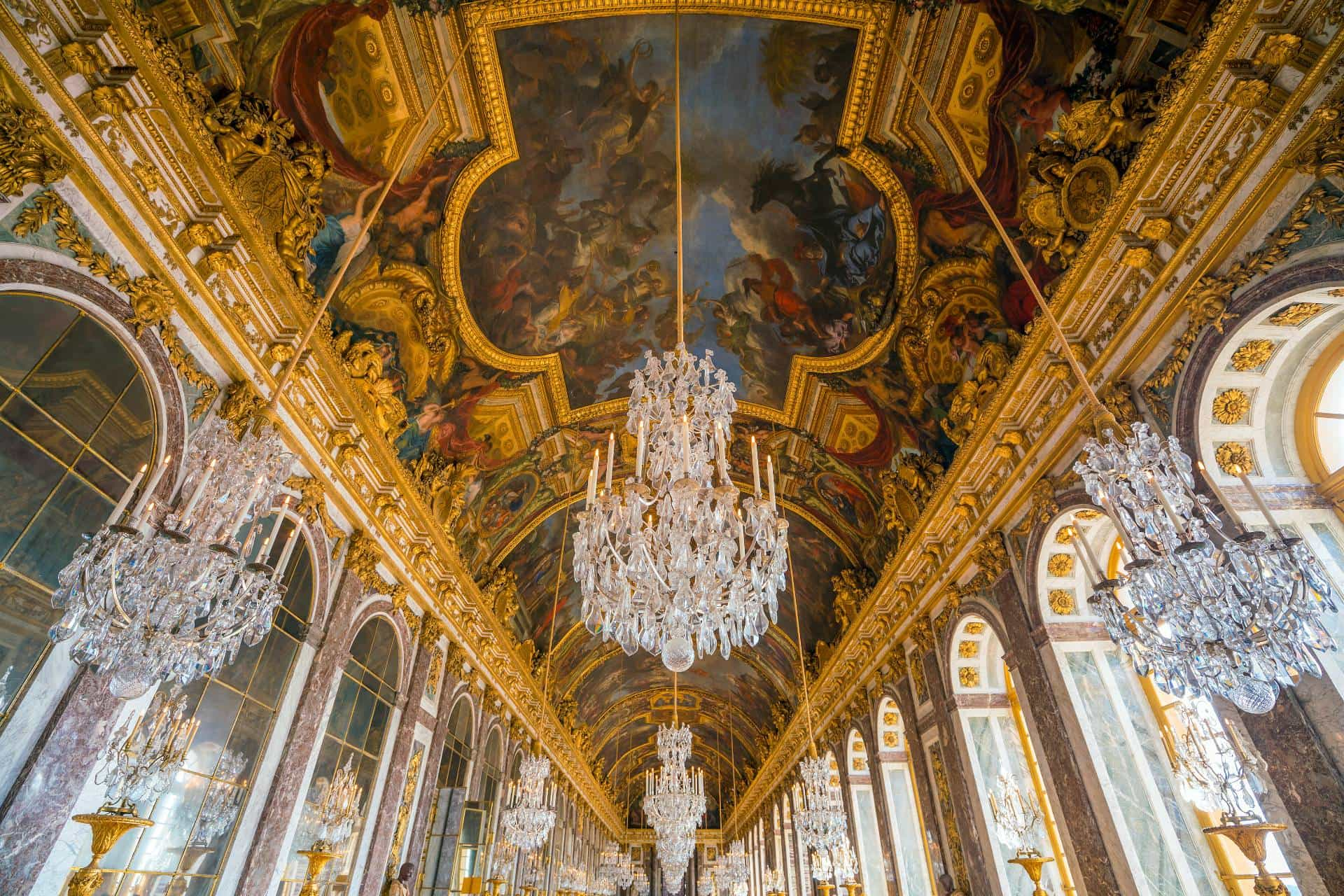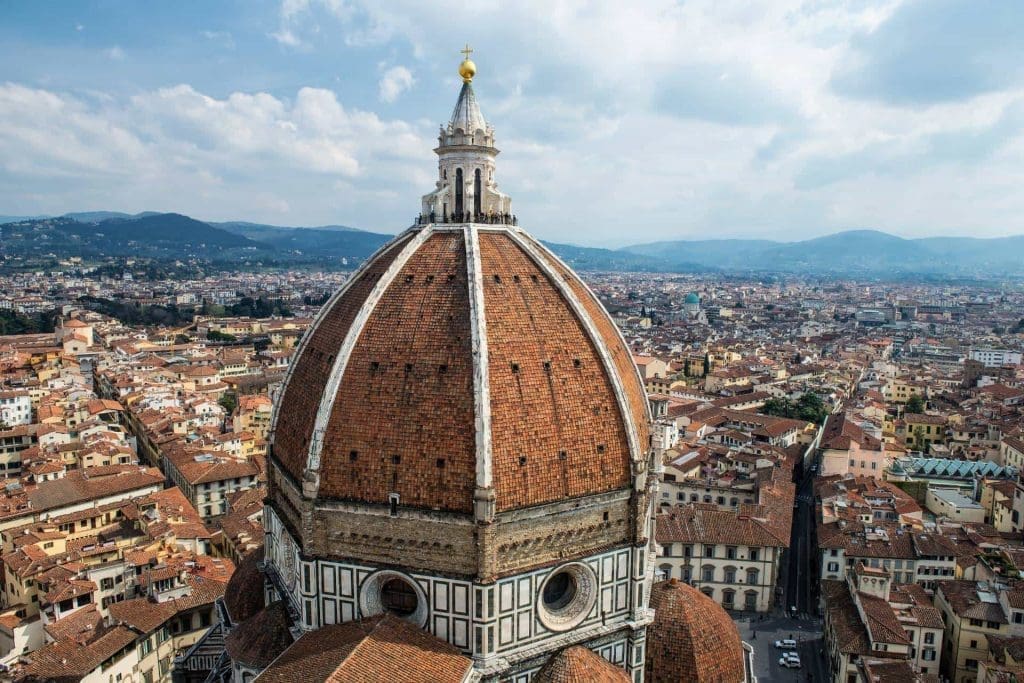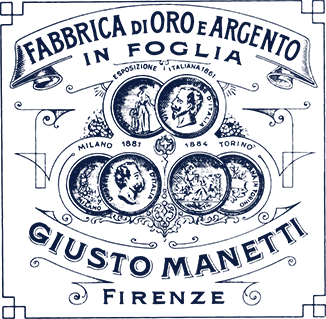Next to one of the most illustrious members of the Manetti family, in the Giusto Manetti Battiloro name, is the name of the work that that family has been cultivating for 15 generations. Battiloro (Gold-beater) is a word unknown to most people and almost impossible to pronounce for those who are not Italian, yet its history is incredibly fascinating. Everything revolves around pure gold, and when melted it takes on the solid form of an ingot which, after numerous mechanical and manual thinning processes, becomes so thin that it can only be measured in microns. It is incredibly painstaking work consisting of cutting and beating, skilfully alternated and repeated, to create the miracle of a golden leaf.
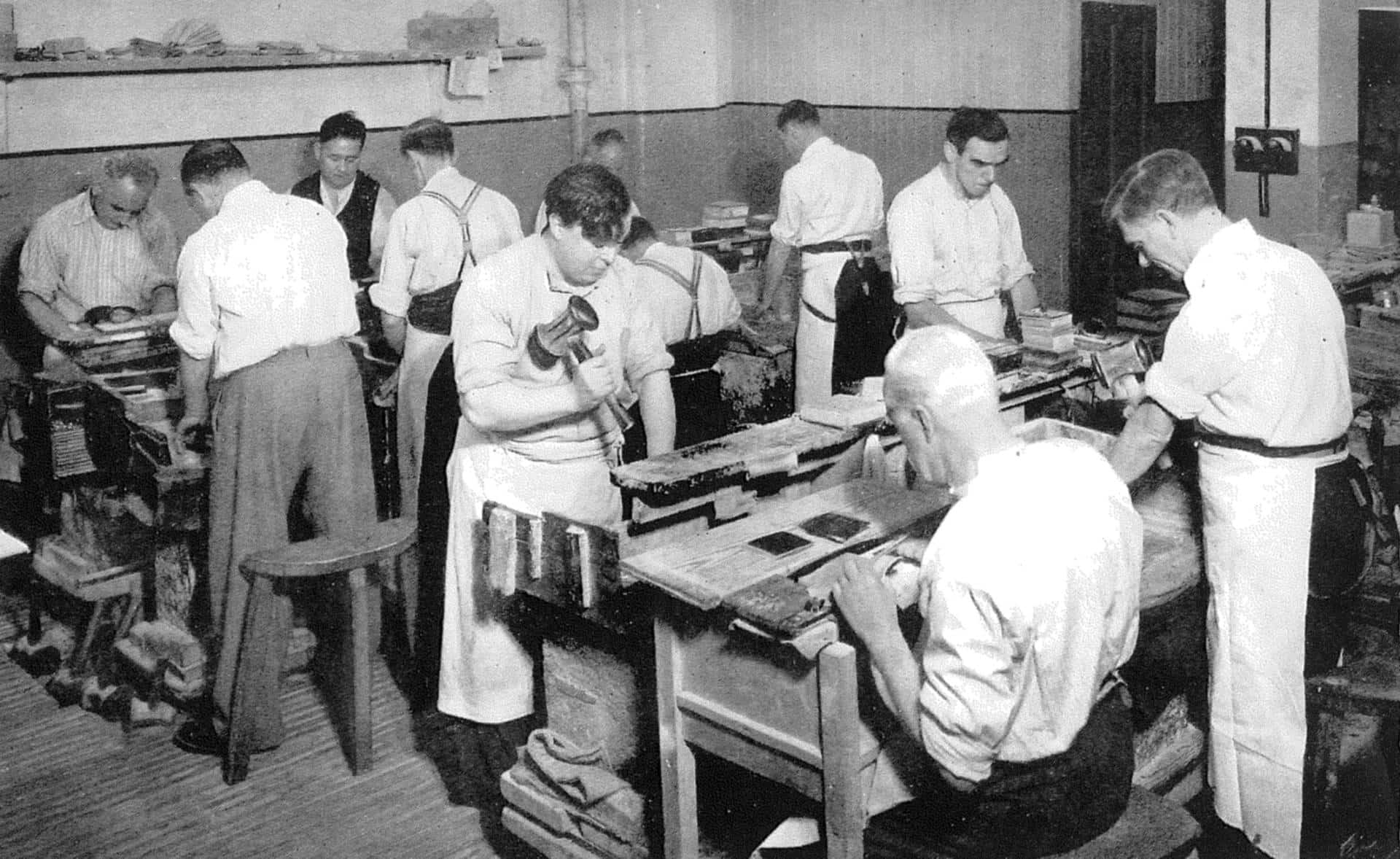
Florence, cradle of the battiloro
Despite the craft of beating the precious metal, so as to transform it into a light sheet like a feather, has very ancient origins, the use of the noun “battiloro” became common during the Middle Ages, when – along with the demand for gold and silver leaves – the workshops specialized in its production became widespread throughout Europe.
The city where this ancient tradition reaches its maximum splendour is Florence. During the Renaissance the economic importance of the battiloro is so great that important families of merchants and bankers like the Gondi, Peruzzi and Strozzi begin to invest in this sector. They were particularly interested in the profits generated by the gold leaf used to wrap silk threads and create precious golden and brocade fabrics, which were exported from Florence to all European courts.
Leonardo da Vinci was also profoundly impressed by the activity, and invented a gold-beating machine capable of reducing the thickness of the layers from 500 to 30 microns. The great Italian genius was well in advance of the times because the first actual – albeit partial – mechanization of the exhausting and refined battiloro craftsmanship, until then practised only in artisan workshops, began taking place between the end of the 1700s and the beginning of the 1800s.

The history of the Manetti is the history of the battiloro
The history of the Manetti family and that of the craft of the battiloro meet exactly in the period of time stemming between the Florentine Renaissance and the first Industrial Revolution and go hand in hand until today, so much so that it can be stated with certainty that they have indissolubly been part of each other for over 400 years.
When, in the sixteenth century, the two stories intertwine, producing gold leaf in Florence was already a very serious matter. Rigorous laws regulated the craft of the battiloro and established that top quality gold leaf must be produced in the city made only “cum auro optimo”, that is with pure gold. Rather than working in the textile industry, the Manetti preferred, right from the start, to be the battiloro at the service of the beauty of the monuments and works of art in their city. The first page of their documented history leads us, with certainty, to the top of the Dome of the Cathedral, where in 1602 the ancestor of the family, Matteo Manetti, had the golden sphere repositioned after having restored it with the gold leaf produced by the battiloro artisans of his family. In the following centuries, thanks to the entrepreneurial initiative of Giusto and his descendants, the Manetti family will write other important pages, investing huge capital and invaluable knowledge in the creation of the perfect gold leaf, the leaf that still makes the entire world shine.
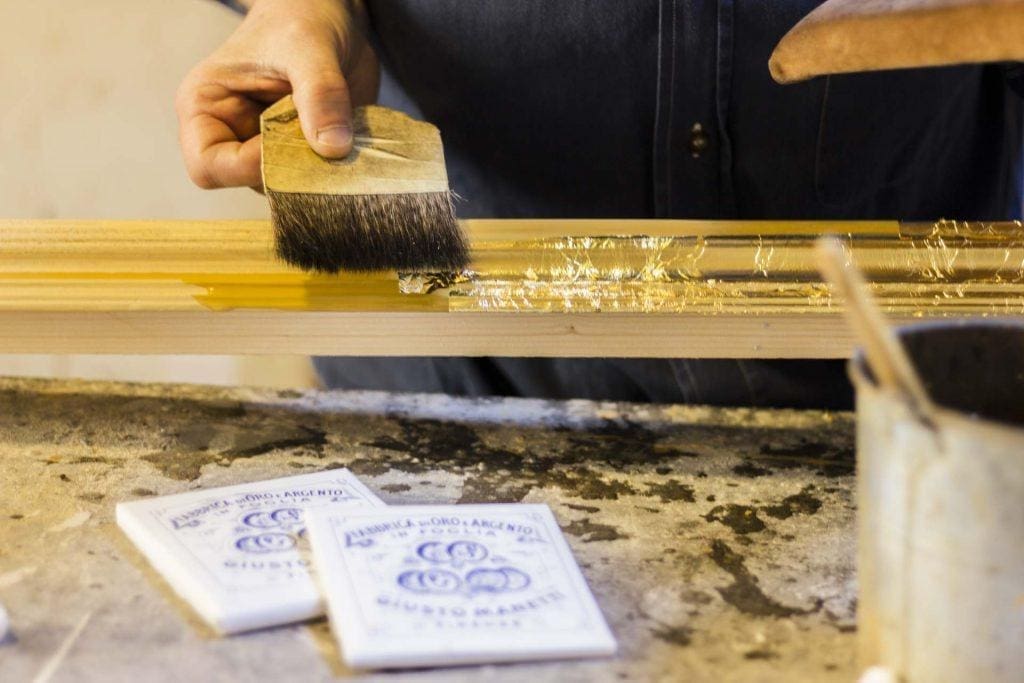
The oldest Florentine battiloro
Despite technological innovations, the profession of the battiloro is still authentically hand-crafted. The last steps of the beating that give the gold leaf its unmistakably material, yet impalpable, appearance are handmade, and the checking processes of each leaf that is placed between the tissue paper of a booklet are carried out manually. For this reason, this craft remains ancient and the Manetti family is proud not only to be the oldest family of Florentine battiloro still in activity, but also to contribute every day to keeping alive the competence, talent and passion for the beauty of the best gold leaf artisans in the world.
It is therefore not surprising to see the results of the craftsmanship of the longest-running custodians of the Florentine battiloro craft shine in every part of the planet: from the Brunelleschi Dome to the Hermitage Museum, from the Palace of Versailles to the Chrysler Building, from Big Ben to the National Capitol Building in Havana, Giusto Manetti’s gold continues to sparkle proudly.
